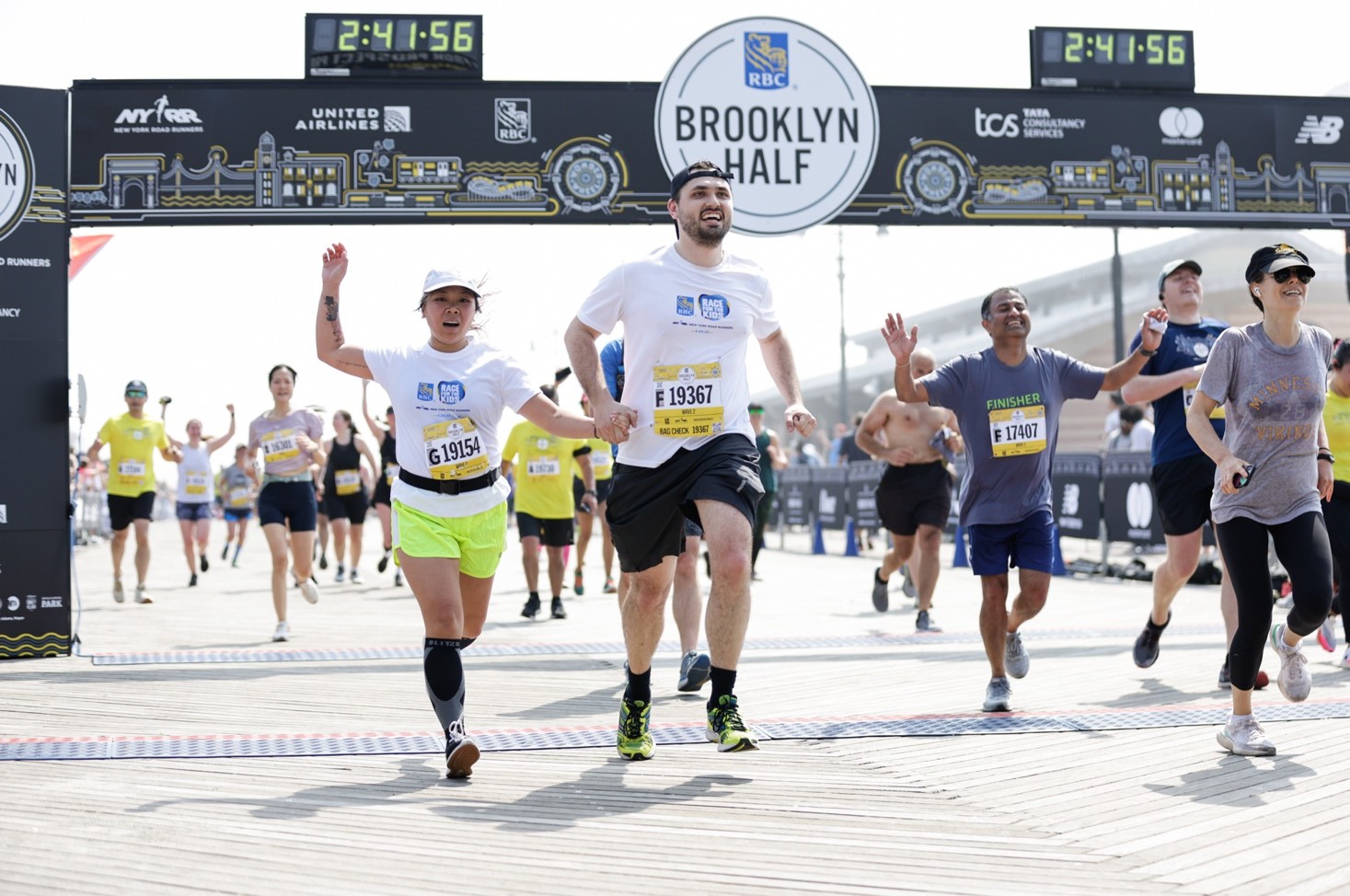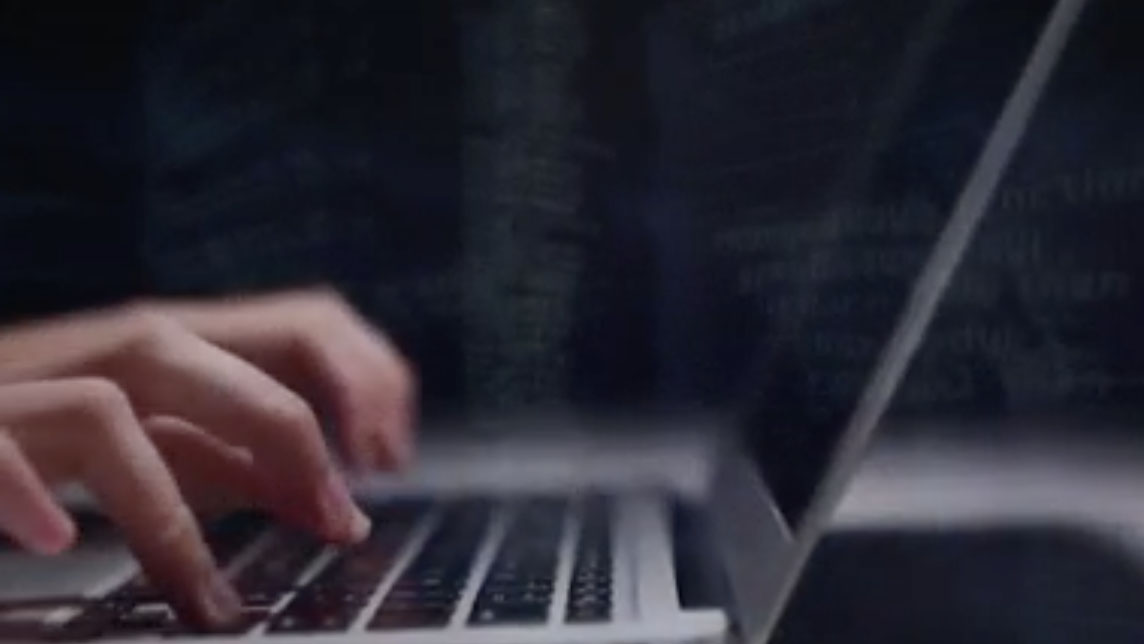Apparently 80 is not enough.
That's how many cameras the NYPD says had an eye on the area where a person or persons left a smoking yet undetonated car bomb in Times Square.
Police Commissioner Raymond W. Kelly says there should be a recorded view of every street and sidewalk from Central Park down to 34th Street. Experts say that could act as a deterrent.
"If it's one of the organized groups that's out there, they want to make sure that they're successful," said John Cutter, a former NYPD chief of counter-terror operations who is now president of Beau Dietl & Associates. "They're going to do a pre-incident surveillance. So they're not going to want to do it in an area with a lot of cameras, because they may get caught."
Senator Charles Schumer pressed the White House Monday to restore $40 million cut from the budget that was supposed to fund anti-terror protection in large cities, including more cameras.
"The administration has been good to New York, but it could be better," said the senator, who believes that research should be accelerated in ways to detect explosives in cars driving by. Currently, there are only sensors for chemical, biological and nuclear car-borne threats.
Technology also helps after incidents too. Having the entire unexploded device from this weekend's attempt is a best case scenario for investigators tracking the perpetrators.
"Either fingerprints or DNA would break this case wide open," said Dr. Lawrence Kobilinsky, Chair of John Jay College's forensic science program.
Local
"It may be a hair. It may be a trace of evidence, maybe he had cut himself and left a small quantity of blood. It'll be found. It'll be typed. And It will be data base checked," added Dr. Kobilinsky.
Even if there's no match now, investigators would have DNA to compare to whomever is later arrested.



